Growing Tomatoes: Simple Tips You Need to Know for Success

With the warming weather, I’ve been able to get out and do a little digging in my garden. In fact, last Saturday I began planting my tomatoes in my vegetable garden. As I was out digging in the dirt, I thought I’d like to share my simple tips for successfully growing tomatoes.
Do you garden or have a veggie garden? Or are you new to gardening and are looking for some helpful tips? In my opinion, digging in the dirt is good for my soul, gardening is my therapy. In fact, I believe it’s good for everyone.
As a child, I worked along side with my parents in the garden. At the time I didn’t have the love that I have for it now.
However as I’ve grown and matured I recognized the health benefits of gardening.
I believe it to be a great way to relieve stress and anxiety. Along with the benefits of caring for and harvesting your own food.
Last year early in the pandemic, everyone in our area decided to garden. Plants and seeds were hard to come by. People were anxious and uncertain about the situation and picked up their shovels and rakes and began to garden. Record numbers of people began cultivating coronavirus victory gardens. As it turns out, the desire to garden is actually a great idea – whether or not you’re struggling with a crisis in your life. Certainly, gardening is one of the healthiest hobbies around for you.
Health benefits for you:
- helps fight disease
- builds strength
- promotes sleep
- helps maintain a healthy weight
- improves memory
- calms you after stressful events
- boosts mood
- fosters human connections
- heals and empowers
Does that make you want to get out and plant a garden?
Well let’s get into my garden and start growing tomatoes.
First of all you’ll want to prepare your soil. I like to keep my garden free from chemicals and pesticides.
I like to amend my soil with composted manure. There are many options available, I usually choose a composted chicken or steer manure. This is something that I add to my soil every year.
The first year we planted a garden at this home, we also added vermiculite or perlite. This helps break up hard and compacted soil.
We’ve also installed a drip irrigation system, which directs water at the roots of the plants. Not only does this conserve water, but also cuts down on weeds.
Another quick and easy way to add nutrients to your garden when growing tomatoes is eggshells. Not only do eggshells add nutrients to your soil like calcium and potassium, but they also keep slugs and snails from your plants.
I believe the temptation when you purchase a large tomato plant is to plant it level with surface of the pot. Then it looks like your plant is big and healthy.
But in fact, when growing tomatoes, planting them deeper is better.
Dig your hole so that only the top 2 or 3 branches of the tomato plant are above the soil.
Before you place your tomato plant in the hole, pinch off all of the lower branches. You’ll just want the branches that will be above the soil left on.
By doing this, your tomato plant will grow roots all along the stem. Clearly making for a more stable and healthy tomato plant.
Once all of the lower branches have been removed, place the plant into the hole and make sure you’ve dug it deep enough.
Then remove the pot, place the tomato plant back in the hole and replace the dirt around the tomato plant.
Surely, growing tomatoes this way makes for a healthier tomato plant, which will mean more tomatoes to harvest.
After planting the tomato plant, place the drip emitter near the stem of the plant.
Growing tomatoes with companion planting will not only help your tomatoes grow and taste better, but also it can help deter pests.
Basil and bee balm are both great companion plants to plant near tomatoes. Not only to they enhance the flavor of the tomatoes and but also encourage growth.
Lettuce is another great companion plant when growing tomatoes. First of all, it doesn’t compete for the same nutrients, but it can also act as a living mulch around the base of your plants.
Peppers are another great companion option. They have similar care and nutrient requirements.
Carrots can also help loosen the soil around tomato plants. Which will allow more nutrients to get to your tomato plants. This is a great way to utilize your space.
Garlic and onions are a great pest control when growing tomatoes. They can repel spider mites and aphids.In fact, any member of that plant family including leeks and chives are great companions. Onions can also add more flavor to your tomatoes.
Marigolds and Nastursiums are great planting companions for many garden plants. Not only do they deter pests, but they also attract beneficial insects. Plus Nastursium flowers can also be added to your salad.
As we talk about pest control, one of the biggest pests we’ve struggled with in our garden is deer. Can any of you relate? While, I love to enjoy the deer in my yard, they’d eat every tomato plant!
But, last year we finally got a handle on this problem with our Deer Fence.
Finally when growing tomatoes, there are plants that your tomatoes do not like.
Broccoli, cauliflower, kale and any plant from the cabbage family are not great friends with the tomato. They will inhibit the growth of your tomato plants.
Fennel is another plant that will inhibit the growth of your tomato plants.
On the other hand, Corn is another plant you don’t want to plant near your tomatoes. They have a common pests, the tomato worm and corn ear worm. Planting them together will attract these pests.
I came across this tip while researching about growing tomatoes. While I’ve been gardening for over 30 years, this is a new one for me.
At the end of the growing season, stress your tomato plant. This will help it to produce more fruit.
Simply take a shovel to cut through the roots. You want to be about a foot to foot and a half away from the main tomato stem.
I will definitely be trying this tip this fall.
If you are new to gardening, or need a few new tools, here are some of my favorites.
This post contains affiliate links for your convenience. As an Amazon affiliate we earn from qualifying purchases. See our disclosure for details.)
Do you have tips for growing tomatoes? We’d all love to hear them. You know we are always looking for tips and new ideas to improve our home and garden space.
You may want to follow our gardening ideas board on Pinterest.
Comment below, we love hearing from you!
If you are new here WELCOME! We’re glad to have you here, and are always so excited to have new readers and friends! You can learn more about us here.
Thanks for stopping by!
Please PIN and share. Sharing is caring and helps us grow!
Be sure to subscribe to our newsletter so you never miss out on any of our projects.
And as always here at Sunny Side Design
WE HOPE TO BRING YOUR HOME TO THE SUNNY SIDE OF THE STREET!
Be sure to follow us on Pinterest for even more home decor and DIY ideas.
To see what we are working on before it’s on our blog, follow us on Instagram.
You can also find our video tutorials on our YouTube channel.
.
Enjoyed the project?

Comments
Join the conversation
-
 Cheryl
on May 15, 2021
Cheryl
on May 15, 2021
I will certainly try some of your tips. A lot of them I already use, but I’ve found out from a seasoned gardener that if you have pets that shed hair when you brush them you can also put the hair around your plants to keep rabbits and deer away. Seems like they feel that they are invading someone else’s territory... Happy Gardening
-
 Sunny Side Design
on May 15, 2021
Sunny Side Design
on May 15, 2021
Thank you for your tip Cheryl.
-
-
-
 Dina Pia
on May 18, 2021
Dina Pia
on May 18, 2021
Also, it is recommended that you don't water the leaves or stems of the tomato plants.; looks they don't like it. Instead, place a can or a plastic bottle opened in both ends, inserted close to the roots, and when is time to water just feel the can or bottle with water and it will distribute the water to the roots. Also, this control over/under watering the plants. Yo will see the soil around wet.
-




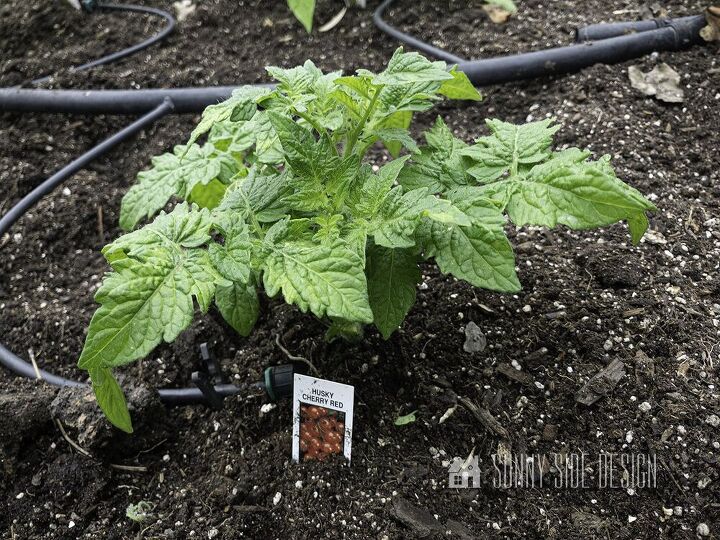












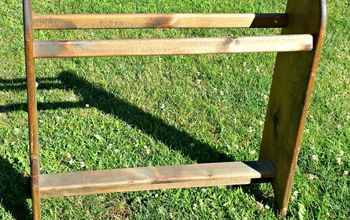
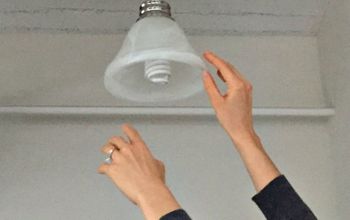



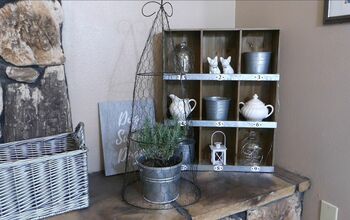



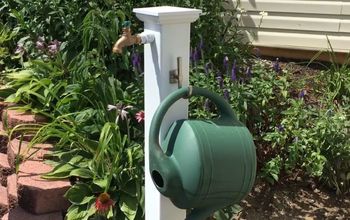





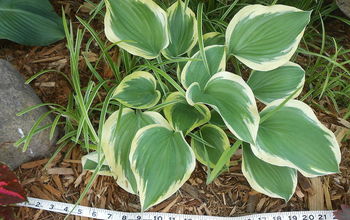
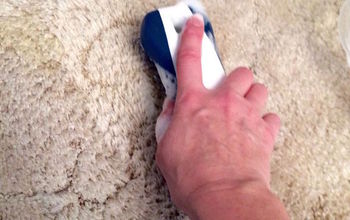



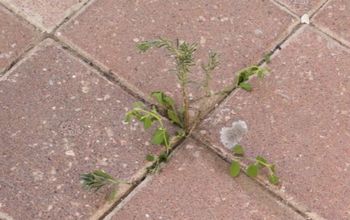


Frequently asked questions
Have a question about this project?
Did you make the hose or buy it that way?